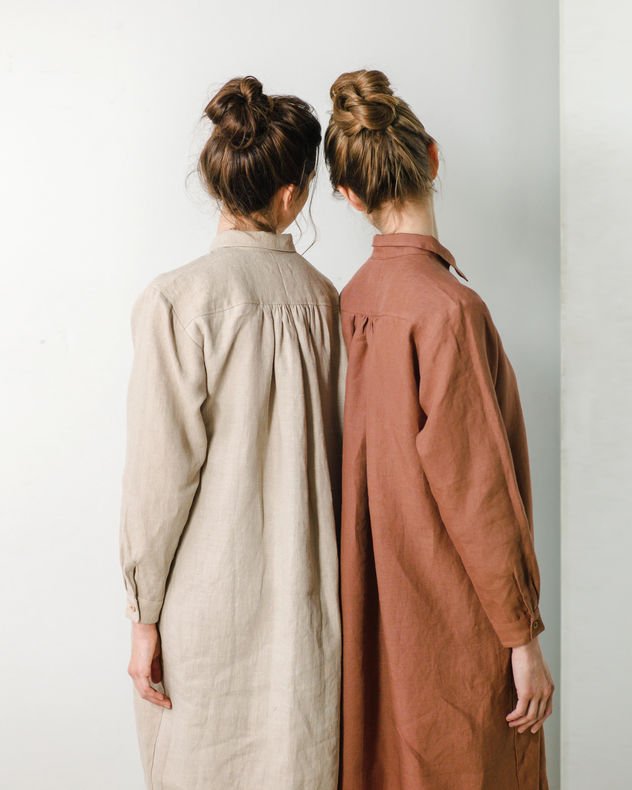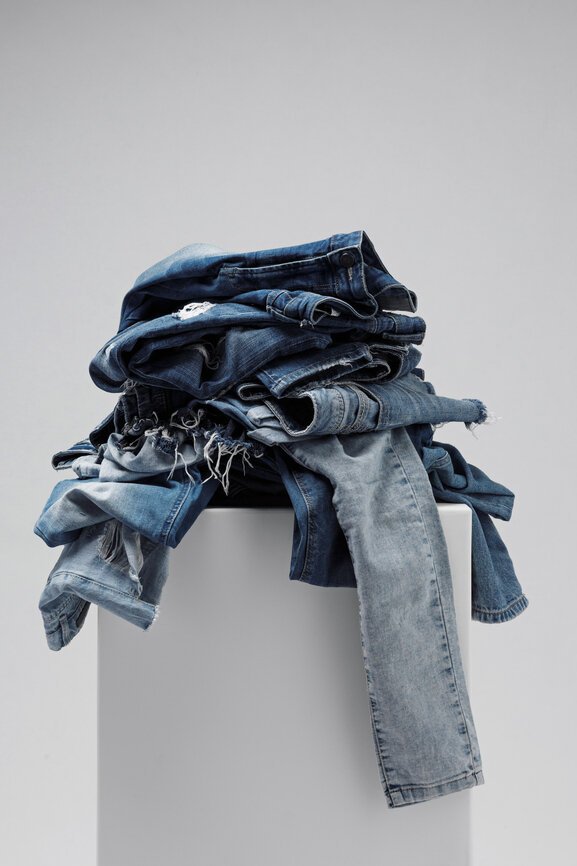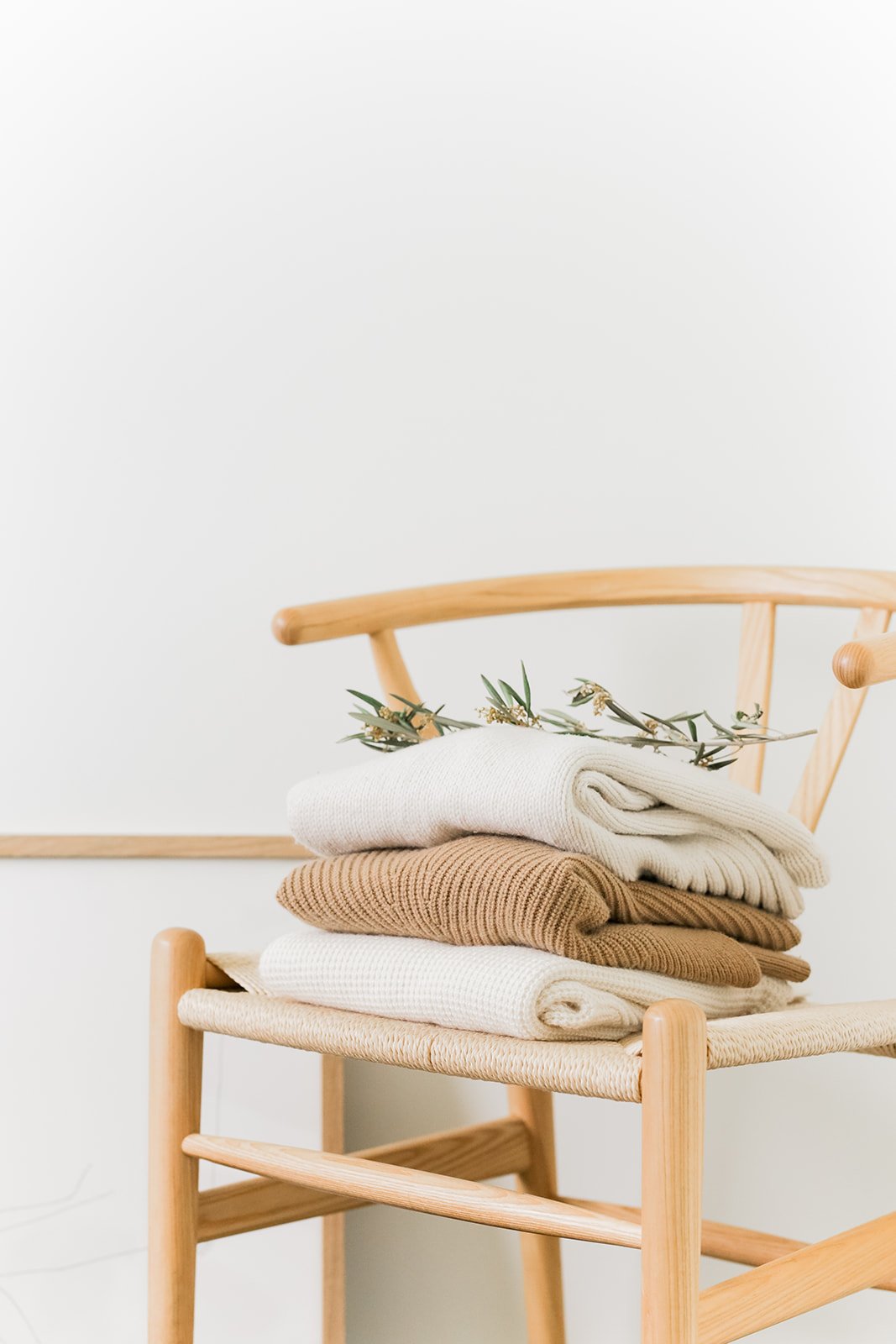
How Fashion’s Cyclical Nature Benefits The Slow Fashion Movement
History [Of Fashion] Repeats Itself
During my sophomore year of college I took a mandatory class for my costume design degree called “History of Fashion”. Each week we would learn about patterns in fashion throughout a certain period, and our homework was then to rifle through current fashion magazines and locate elements of those historical styles in today’s world. As the semester went on, I realized that it was amazingly easy to see the trends of the past influencing the ones we see in modern day. That class opened my eyes to the cyclical nature of fashion and the ridiculousness of our attitude toward the industry today.
“We’ve been brainwashed to believe that everything is new, and that if we don’t “Buy now!” then the style will be gone forever.”
We’ve been brainwashed to believe that everything is new, and that if we don’t “Buy now!” then the style will be gone forever. Yet in reality, these trends come back into rotation every few years, with just a few variations. Instead of buying new, we can all get a little creative in order to maintain a eco-friendly closet. By understanding historical context, exploring vintage resources, and up-cycling secondhand pieces, fashion trends can live in harmony with the slow fashion movement.
Get context: Classicism vs. Romanticism
One of the first concepts I learned from our ever-so-wise teacher was that of Classicism versus Romanticism. Classicism, as pertaining to fashion, describes periods in history when styles are more minimal or “sensible”. Classicism represents order and, well, class. An example of a classicism decade would be the 1950s. The 50s dictated a uniform to the masses in order to distinguish between gender and class. The heels were low and the hair was neat. This post-war decade was constantly trying to establish order and foster a sense of safety after the tumultuous WWII.
On the other end of the spectrum is Romanticism. A great example of Romanticism would be the following decade, the 1960s. In the 60s, hemlines rose, pattern abounded, and hair was high. This decade saw teenagers breaking away from the traditions the earlier period had forced them into and finding expression by any means necessary.
What kind of period are we in now?
“I believe we are using fashion in two ways: to regain control of an otherwise lawless world, and to express ourselves while there seems few other outlets.”
Like many elements of our current culture, the lines are a bit blurred. There are many signs that point us to a time of transition, not dissimilar to that of the late 1960s. With the upheaval of our government and constant cultural battles, I believe we are using fashion in two ways: to regain control of an otherwise lawless world, and to express ourselves while there seems few other outlets. Sneakers and flats, long coats, button downs, natural hair, and minimalist styles are everywhere. Yet at the same time, bright colors, big earrings, and dyed hair abound. While our world is full of options, and we are more individualized than ever, there are still patterns keeping us sane.
Fashion’s cycle is usually about every 15 years. Although, as technology rapidly changes and our world becomes smaller, the trend turnaround time is becoming increasingly short. Fashion whiplash is real and it’s hard to keep up. Nevertheless, there are some identifiable patterns in recent years. Sometimes there are just a few elements, sometimes a few styles, but many times there are overarching themes you can see when you flip through a magazine. Around 2010, the 1970s had a revival moment; a few years later the 80s were back; the 90s visited recently, and the early aughts are alive and well as we speak.
Why buying vintage makes so much sense
Over the past few years, we’ve witnessed an obsession over plastic garb and transparent pieces. This obsession is far from new and harks back to the mid 90’s, into the early aughts. From skirts to earrings, PVC plastic was being used in more ways than we would find socially acceptable today. Transparent items and specifically clear plastic jackets have walked the runways recently. While this trend is raging, the good news is that you don’t have to splurge on a Dolce & Gabbana trench coat in order to adopt it.
By searching through apps like Depop, sites like Etsy or vintage stores, you can find the perfect pieces to pair with modern items to get the sought after look. Might I suggest a band t-shirt, high waisted jeans, and some comfy sneakers?
“By searching through apps like Depop, sites like Etsy or vintage stores, you can find the perfect pieces to pair with modern items to get the sought after look.”
Or, upcycle for something completely new
Sometimes it’s not possible to find an exact replica of a hot-and-heavy trend because as much as fashion repeats itself, there is some change made specifically to reflect the changing culture. When this happens, it’s definitely time to get your DIY hat on. The concept of upcycling can instantly overwhelm many, but by attempting simple fixes, you can give an item new life, imitating the old.
For example, there has been a revitalization of the 90’s check pattern in the form of the 80’s boxy blazer. Somewhere my mother is gasping, but if you have a checked, plaid, or tweed blazer and want to give it that trendy 80s edge you can attach shoulder pads to the inside! I know, I know, if you actually lived through the 80s you are horrified, but those structured jackets and high waists are back in action—at least for a little while.
You don’t have to buy new, you don’t have to buy often, you don’t have to run around like a chicken with its head cut off. Fashion changes so quickly that it feels as if we can’t keep up, and that’s because we can’t! But, there’s hope in knowing that, actually, none of this is completely new. Stay curious about style and keep looking for ways to adopt trends without getting swept away in them.
Audrey Stanton was born and raised in the Bay Area and is currently based in Los Angeles. She works as a freelance writer and content creator with a focus in sustainable fashion. Audrey is deeply passionate about conscious living and hopes to continue to spread awareness of ethical consumption.




